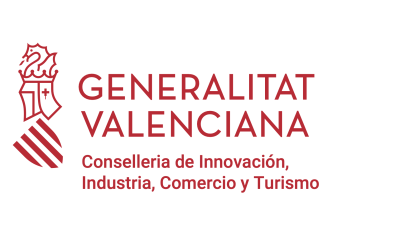3D CAD Technology in the Footwear Industry
Discover how 3D CAD technology is changing the way footwear is designed and developed. Learn about the benefits of rapid prototyping, efficient collaboration and improved technical drawings. See how this technology is shaping the future of the footwear industry

3D CAD technology has revolutionized the footwear industry in recent years, making the design and development process more efficient and cost-effective.
Visit our 3D CAD Software and start prototyping your first designs.
One of the main advantages of 3D CAD technology is that it allows for rapid prototyping of shoe designs. Instead of having to create physical prototypes, which can be time-consuming and costly, designers can use 3D CAD software to create virtual models of their designs. This allows them to quickly make changes and test different variations, without having to create new physical prototypes each time.
3D CAD technology also makes it easier to collaborate on shoe designs. With 3D CAD software, designers can share their virtual models with other team members, regardless of their location. This allows for faster communication and decision-making, and reduces the need for travel.
In addition to these benefits, 3D CAD technology can also be used to create detailed technical drawings of shoe designs. These drawings can be used to ensure that the shoe design is accurate and can be manufactured properly. This is particularly important for creating mass-produced shoes, as it helps to ensure that the final product will be consistent and of high quality.
Overall, 3D CAD technology has made the footwear design and development process more efficient, cost-effective, and collaborative. It has also helped to improve the quality and consistency of mass-produced shoes. As the technology continues to evolve, it is likely that it will play an even greater role in the footwear industry in the future.
¿Quieres más?
Instalacion de Energía Solar Fotovoltaica para Autoconsumo
Proyecto acogido al programa de incentivos ligados al autoconsumo y almacenamiento, con fuentes de energía renovable, así como a la implantación de sistemas térmicos renovables en el sector residencial en el marco del Plan de Recuperación, Transformación y Resiliencia, financiado por la Unión Europea – NextGenerationEU
Lineapelle Milan 2025
Nos complace anunciar nuestra participación en Lineapelle Milan, la feria internacional líder en el sector del cuero. Estaremos ubicados en el stand T08-T10, Hall 11 donde presentaremos nuestras últimas colecciones y soluciones innovadoras en cuero de alta calidad.
¡Te invitamos a visitarnos para descubrir nuestras novedades, compartir ideas y explorar juntos las tendencias del mercado! ¡Nos vemos en Milán!
La Conselleria de Innovación, Industria, Comercio y Turismo y su Dirección General de Industria, han concedido a TRENZADOS Y LAMINADOS SAN MARTIN una subvención de 27.755,44 euros,
La Conselleria de Innovación, Industria, Comercio y Turismo y su Dirección General de Industria, han concedido a TRENZADOS Y LAMINADOS SAN MARTIN una subvención de 27.755,44 euros, según Resolución del 27 de septiembre de 2024 por la cual se resuelve la convocatoria para el ejercicio 2024, de subvenciones para apoyar a las inversiones productivas realizadas por las pymes de varios sectores industriales de la Comunitat Valencina (DOGV 9950 de 3 de octubre de 2024).
Este apoyo económico nos ha permitido realizar importantes inversiones productivas en los procesos productivos de acabado de la piel para el calzado y la marroquinería de nuestra fábrica en Elda.
El proyecto INPYME/2024/300 que ya se ha ejecutado en su totalidad, y cuyos resultados han sido positivos según lo previsto, ha consistido en la modernización del sistema de pulverización de la pigmentadora de pieles, incorporando robótica de última generación y la inclusión de procesos de limpieza de residuos para la fabricación sostenible.




